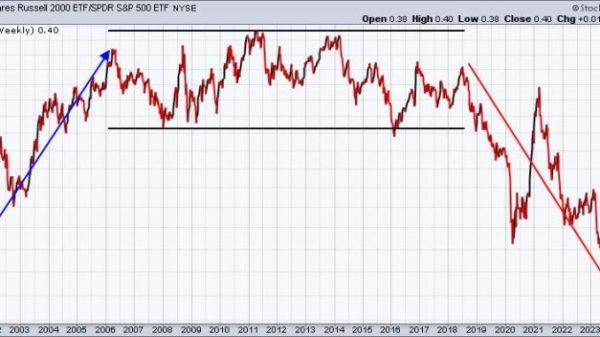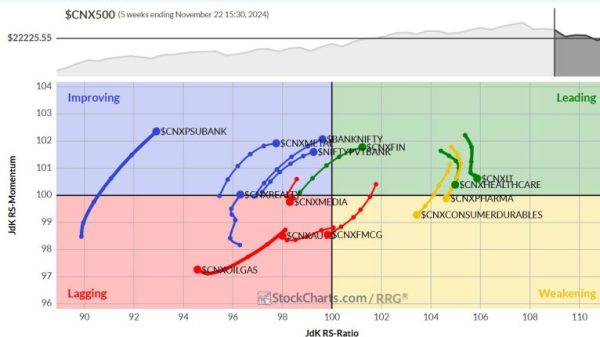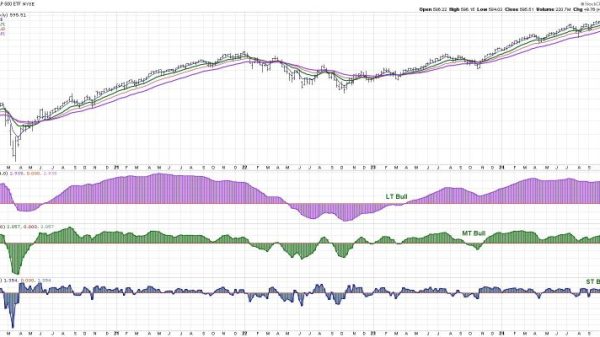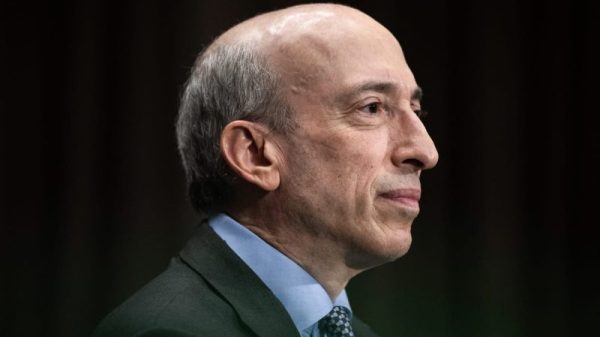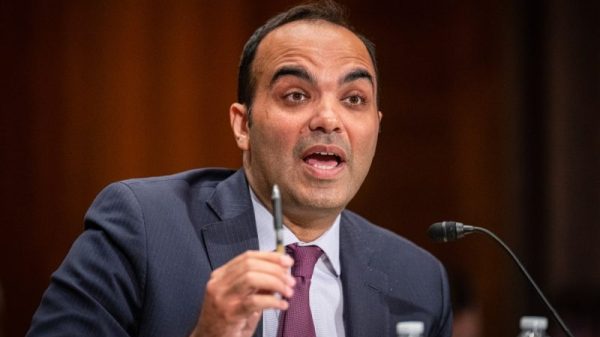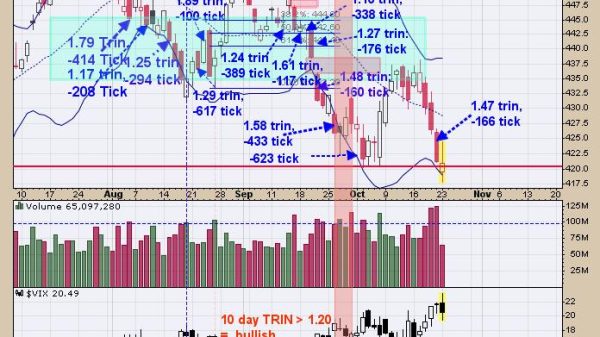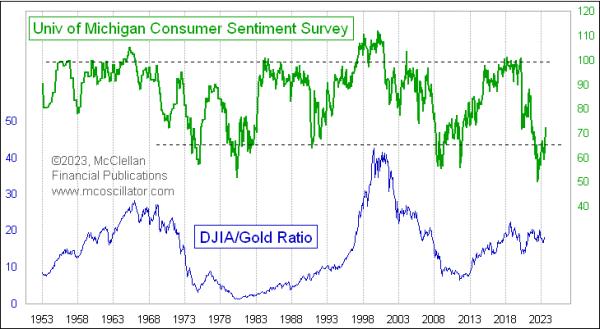As you might have heard if you have been on social media in the past 24 hours or so, the upcoming presidential election is slated to be the first in 48 years in which the Democratic and Republican tickets will not feature a member of the Bush, Clinton or Biden families.
And that is true. From 1980 through 1992, the Republican ticket featured George H.W. Bush, first as a vice-presidential candidate and then as a presidential one. Then Bill Clinton defeated Bush in the 1992 race, meaning that he was on the ticket again in 1996. In 2000, George W. Bush won the White House, holding it in 2004. In 2016, it was the Clintons’ turn again, with Hillary Clinton earning the Democratic Party’s presidential nomination.
The pattern almost went from Bush in 2004 to Clinton in 2008, except that Barack Obama edged out the former first lady in that year’s primary. He selected as his running mate Joe Biden — who then won in 2020. And that completes the chain: Bush, Bush, Bush, Bush/Clinton, Clinton, Bush, Bush, Biden, Biden, Clinton, Biden. And now: Donald Trump and Democrat-to-be-named-later-but-probably-Vice-President-Harris.
You’ll notice, though, that Biden is an outlier here. The Bushes and the Clintons are political dynasties (the Bushes extending back earlier, though not in presidential politics). Biden’s a one-man dynasty. In fact, the first ticket on which he appeared, that Obama one in 2008, was seen as a break from this dynastic back-and-forth. But now it’s useful to include him in the pattern because otherwise there’s that gap from 2004 to 2016.
Duke University sociologist Kieran Healy noted on social media that you could cobble together a nearly-as-robust chain from Richard M. Nixon through the Bushes, with Nixon’s election as vice president in 1952 jumping to Bob Dole’s vice-presidential election in 1976 and Dole’s later running as president in 1996, the gap in the Bush pattern. That’s 10 out of 11 contests, the sole exception being the upended 1964 contest.
We can close that gap, too, though. Just make it a Nixon-Johnson (as in Lyndon)-Mondale (as in Walter) chain. That gets you nine of nine elections from 1952 to 1984 — though not thanks to multiple candidates from one political family.
If we’re willing to let that 1964 race go empty, we can extend the Nixon pattern in the other direction. There was only one election between the one in which Nixon first won the vice presidency and the last of Franklin D. Roosevelt’s four. Use Harry S. Truman as a convenient bit of political glue and you get a 10 of 11 chain running from 1932 to 1972.
But Roosevelt is a Roosevelt, a member of a family that had seen a president before his four consecutive electoral victories. In fact, by looping in Theodore Roosevelt, Grover Cleveland’s three straight presidential bids and the various bids of William Jennings Bryan and his brother Charles, we can get 14 out of 16 contests from 1884 to 1944: Cleveland, Cleveland, Cleveland, Bryan, Bryan/Roosevelt, Roosevelt, Bryan, Roosevelt, (no one, though Roosevelt earned delegates to be the Republican nominee), Roosevelt, Bryan, (no one), Roosevelt, Roosevelt, Roosevelt and Roosevelt.
Not consecutive, but still two dramatic political dynasties.
The mention of Grover Cleveland is a reminder that Biden’s withdrawal upends another historical parallel. Had the November contest been Biden vs. Trump, it would have mirrored the 1892 election in which Cleveland challenged the man who defeated him four years before.
We should also note, though, that declarations that the Bush-Clinton-Biden era has ended are premature. Kamala Harris could select former Texas land commissioner George P. Bush to be her running mate to carry the Lone Star State. Or could pick, say, Hunter Biden, just to give Republicans apoplexy.
The thing about dynasties is that they’re only over when they’re over. We are still only five campaigns into the Biden-Trump chain of nominations, after all. Certainly seems as though this one could extend indefinitely into the future.






